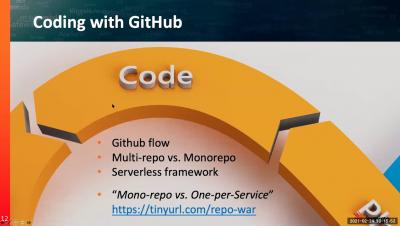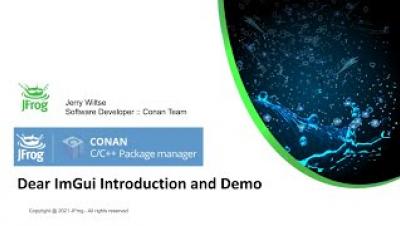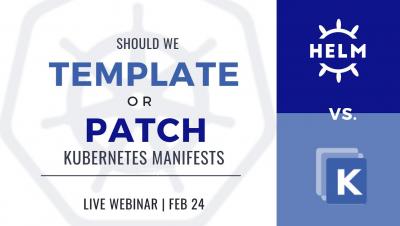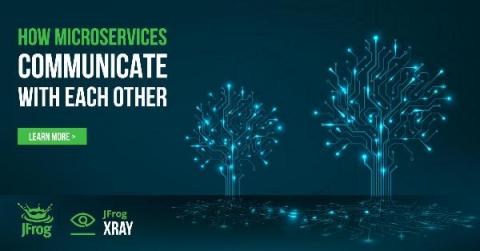Operations | Monitoring | ITSM | DevOps | Cloud
CI CD
The latest News and Information on Continuous Integration and Development, and related technologies.
Introduction to the ImGui C++ Library with Conan
Should We Template or Patch Kubernetes Manifests? ][#Helm vs #Kustomize side by side comparison]
6 Surprising insights from the 2020 Python survey to make you a better dev
Microservices Asynchronous Communication and Messaging | JFrog Xray
What is CircleCI?
How to get your first green build on CircleCI
Is my CI pipeline vulnerable?
Your continuous integration (CI) pipelines are at the core of the change management process for your applications. When set up correctly, the CI pipeline can automate many manual tasks to ensure that your application and the environments it runs in are consistent and repeatable. This pipeline can be an integral part of your security strategy if you use it to scan applications, containers, and infrastructure configuration for vulnerabilities.
The path to production: how and where to segregate test environments
Bringing a new tool into an organization is no small task. Adopting a CI/CD tool, or any other tool should follow a period of research, analysis and alignment within your organization. In my last post, I explained how the precursor to any successful tool adoption is about people: alignment on purpose, getting some “before” metrics to support your assessment, and setting expectations appropriately.
Using the CircleCI API to build a deployment summary dashboard
The CircleCI API provides a gateway for developers to retrieve detailed information about their pipelines, projects, and workflows, including which users are triggering the pipelines. This gives developers great control over their CI/CD process by supplying endpoints that can be called to fetch information and trigger processes remotely from the user’s applications or automation systems.











